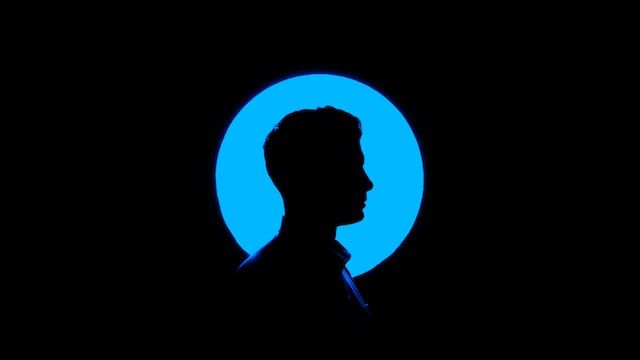.svg)


What do your tablet, cellphone, laptop, TV, and fluorescent light bulbs have in common?
Answer: they all give off blue light.
Blue light is one of seven colours in the visible light spectrum, including red, orange, yellow, green, indigo, and violet. Each colour has its own wavelength and energy level, with shorter wavelengths and higher energy levels going hand in hand. The converse is also true. The short wavelengths of blue light (415-455 nanometers - on par with electronic devices) emit the highest energy levels.
Effects of blue light
Blue light can boost alertness and improve your mood, memory, and reaction time, but it can also wreak havoc on your sleep. Here’s how: blue light slows down and may even stop the release of melatonin (the human sleep hormone). This makes it harder to fall and stay asleep. Besides this, increasing your level of alertness is the opposite of what you would like to do before falling asleep.
Exposure to blue light before bedtime reduces the amount of REM sleep and delays the onset of REM sleep too (for more information on REM sleep and the stages of the sleep cycle, please read the article, “Sleep science 101”). This can affect the quality of your sleep leaving you tired the next morning.
Tips to limit exposure to blue light:
While blue light can enhance cognitive functioning during the day, it does the opposite for your sleep. Turn on better sleep by turning off blue light.